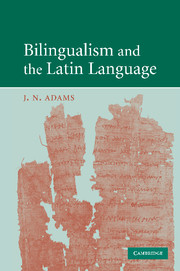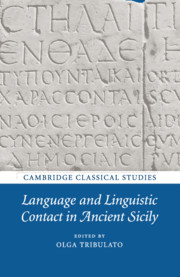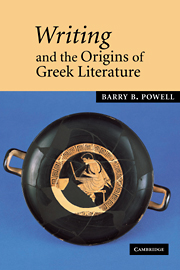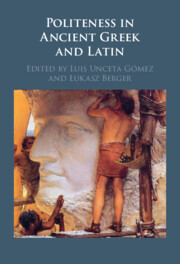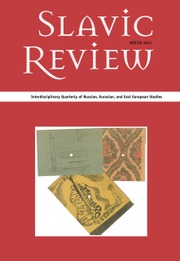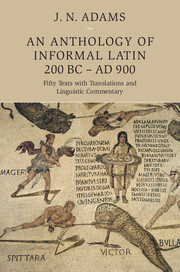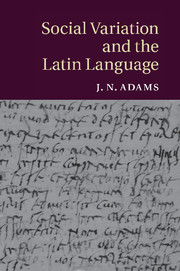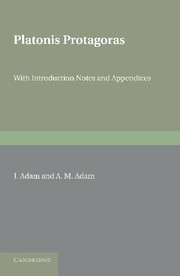Bilingualism and the Latin Language
Since the 1980s, bilingualism has become one of the main themes of sociolinguistics - but there are as yet few large-scale treatments of the subject specific to the ancient world. This book is the first work to deal systematically with bilingualism during a period of antiquity (the Roman period, down to about the fourth century AD) in the light of sociolinguistic discussions of bilingual issues. The general theme of the work is the nature of the contact between Latin and numerous other languages spoken in the Roman world. Among the many issues discussed three are prominent: code-switching (the practice of switching between two languages in the course of a single utterance) and its motivation, language contact as a cause of change in one or both of the languages in contact, and the part played by language choice and language switching in the establishment of personal and group identities.
- First systematic attempt to assess the influence of bilingualism on Latin
- First systematic collection of the evidence for languages other than Greek in contact with Latin
- Unique wide-ranging discussion of bilingualism in the Roman world, undertaken in the light of recent work by sociolinguists on bilingualism
Reviews & endorsements
'A marvellously informative study of the contacts between Latin and other languages in the Roman world, exploring the linguistic diversity of the empire on a scale, and at a depth, that no one has done before … An extraordinarily impressive book and a masterful collection of material [demonstrating] just how central the study of language is to any proper understanding of the ancient world.' The Times Literary Supplement
' … J. N. Adams's splendid new book … it is essential for all who would study the linguistic situation in the Roman world.' London Review of Books
'… terrific book …'. JACT
'For the classical philologist or the linguist specializing in classical languages, who are its real audience, the book will prove invaluable and worth all; the considerable effort it will take to read and digest it. It is bound to become the standard by which any work on the topic of bilingualism in the ancient world can be judged: exhaustive, theoretically current, philologically exacting, and methodologically rigorous - a landmark publication.' Language in Society
'Among the most enjoyable features of his book are the unexpected, sometimes minor and obscure, texts that turn out to provide material for innovative study and important conclusions.' The Linguist
Product details
June 2008Paperback
9780521731515
866 pages
226 × 150 × 43 mm
1.16kg
Available
Table of Contents
- Introduction
- 1. Languages in contact with Latin
- 2. Code-switching
- 3. Bilingualism, linguistic diversity and language change
- 4. Latin in Egypt
- 5. Bilingualism at Delos
- 6. Bilingualism at La Graufesenque
- 7. The Latin of a learner (P. Amh. II 26): a case study
- 8. Some concluding remarks.

